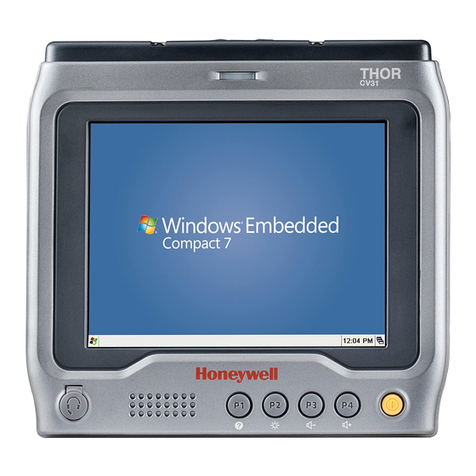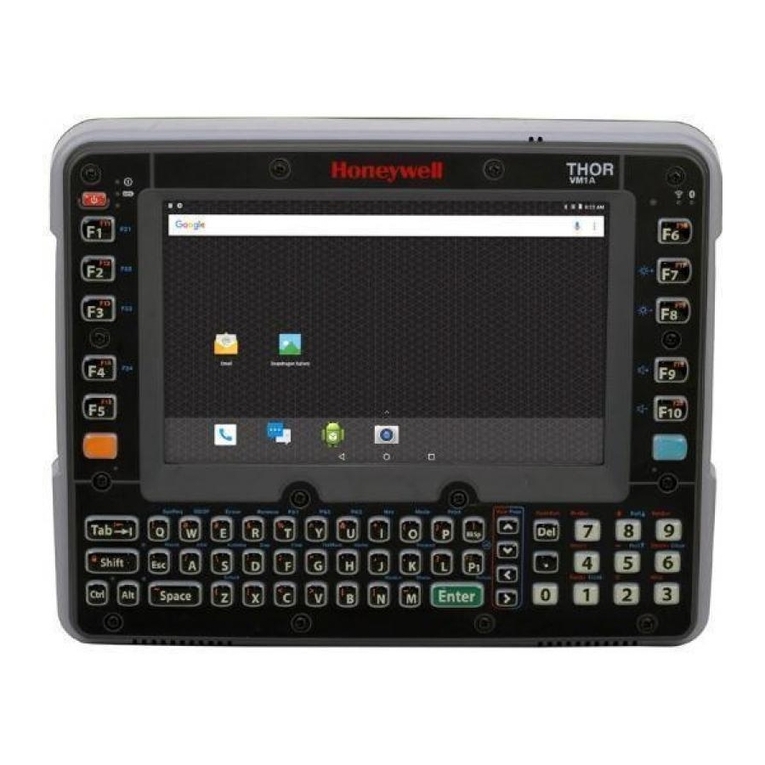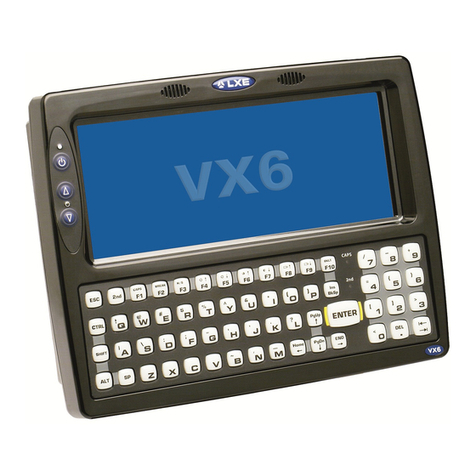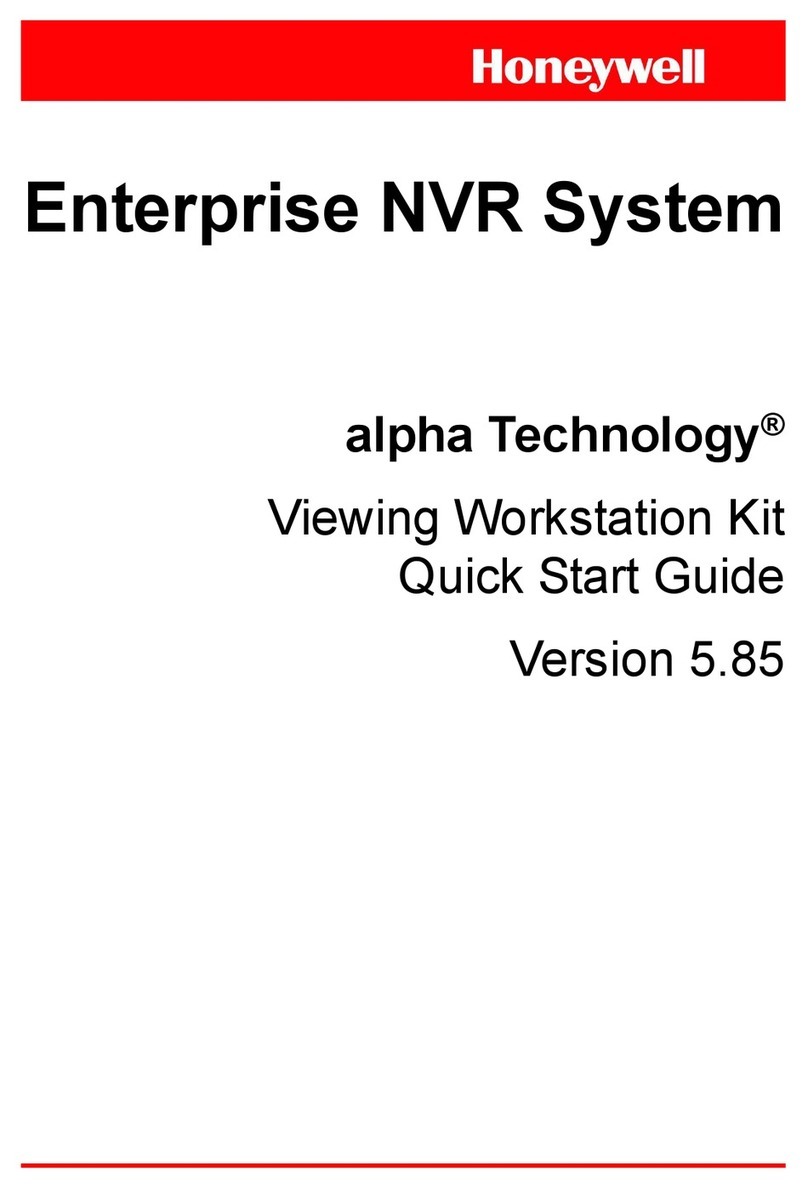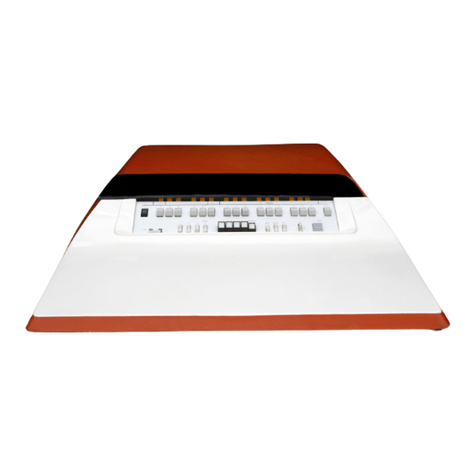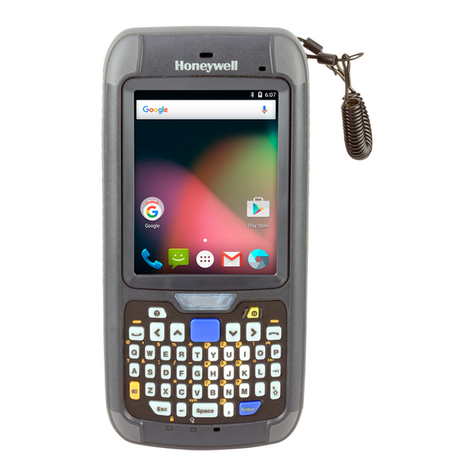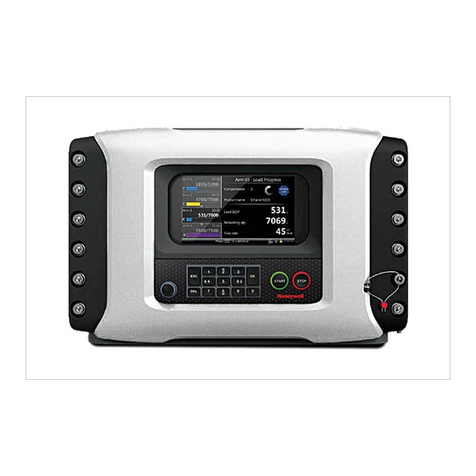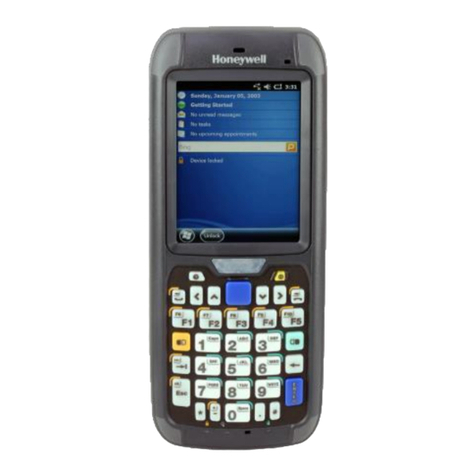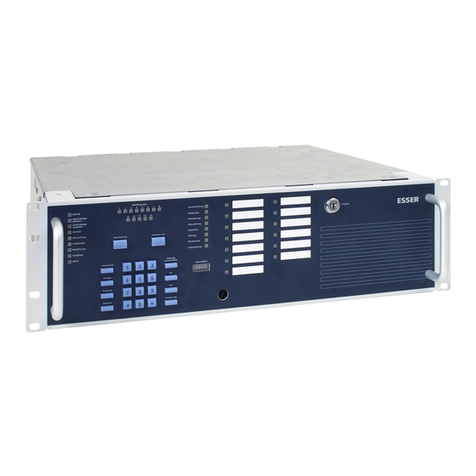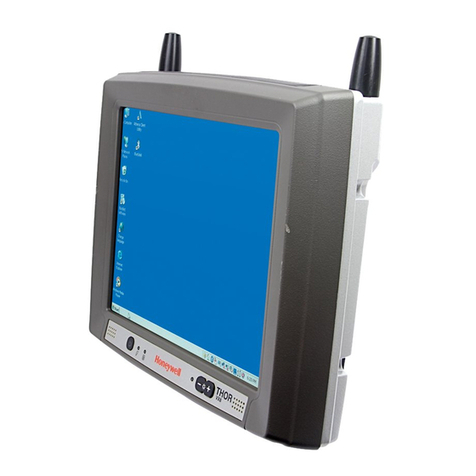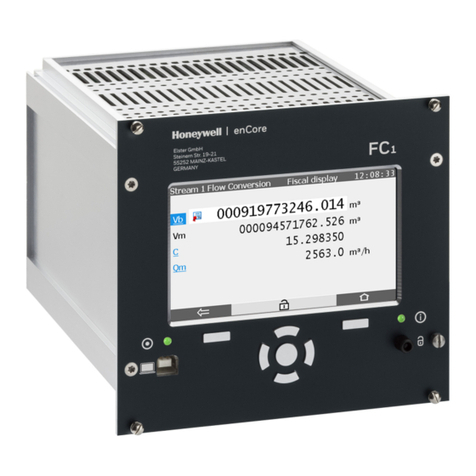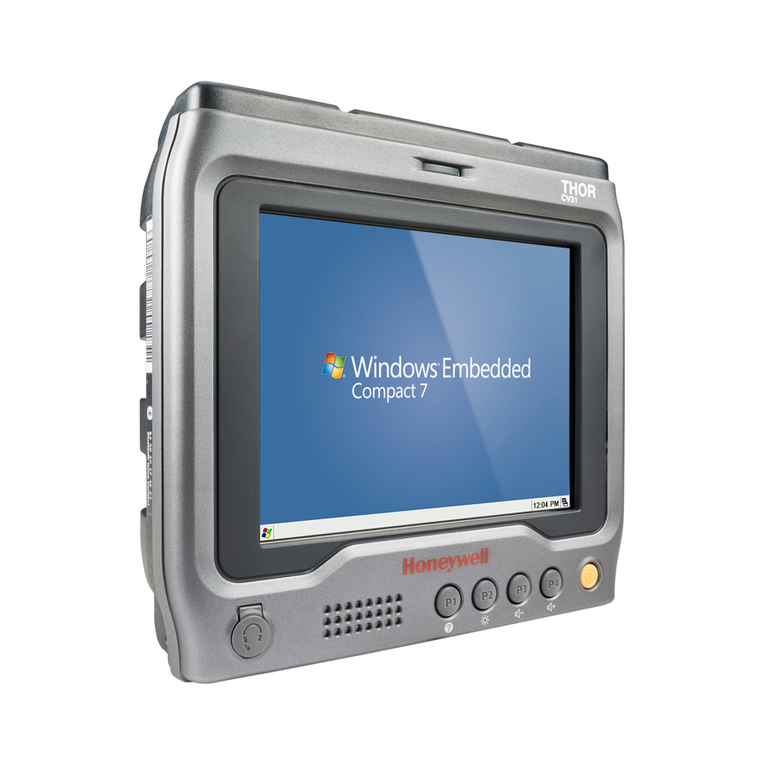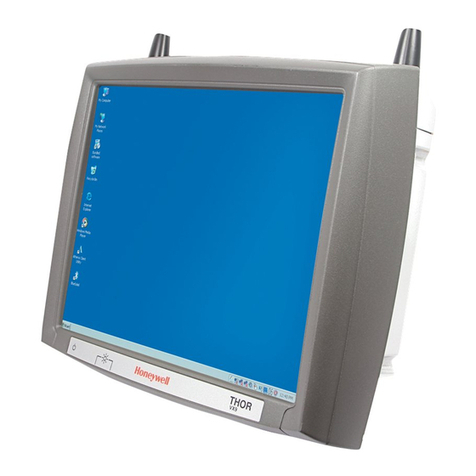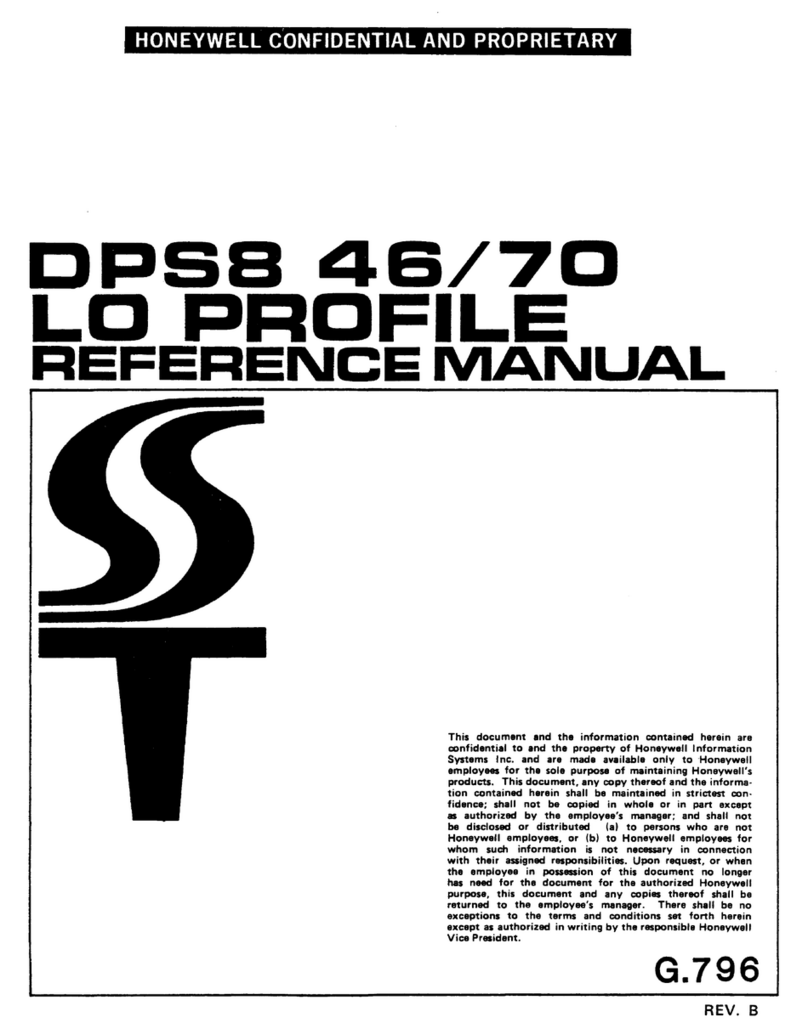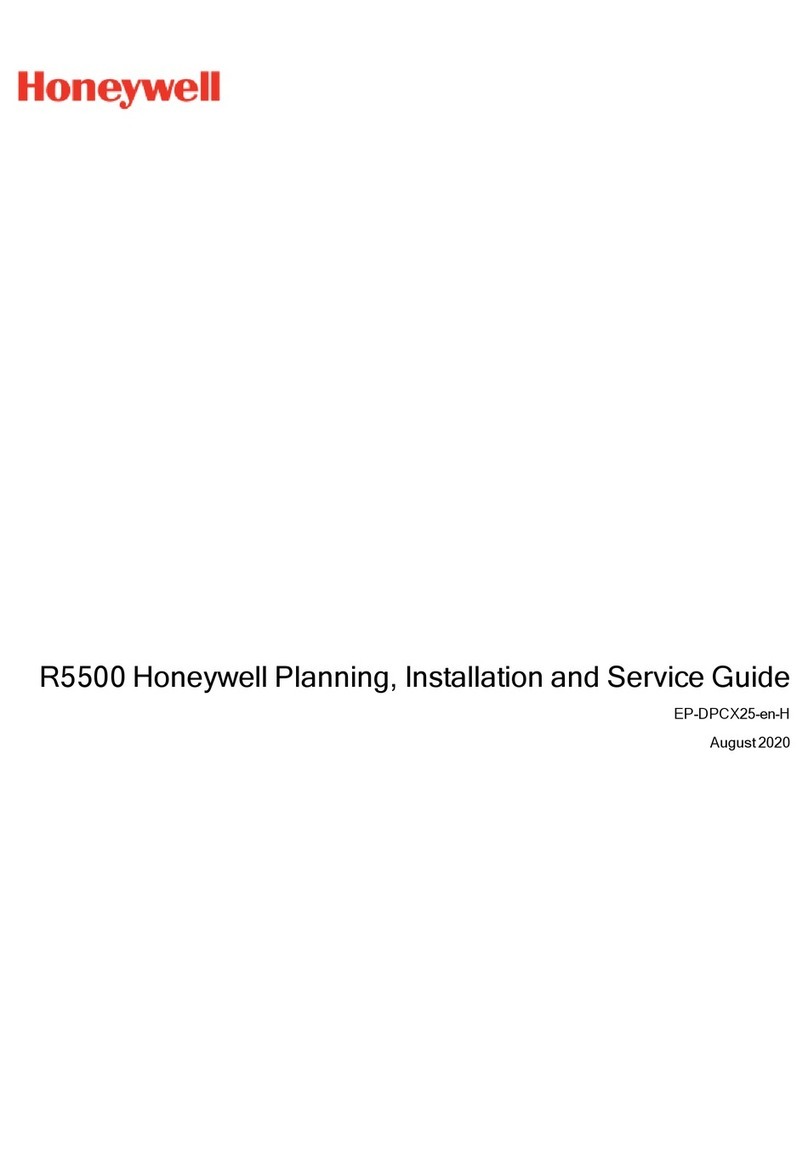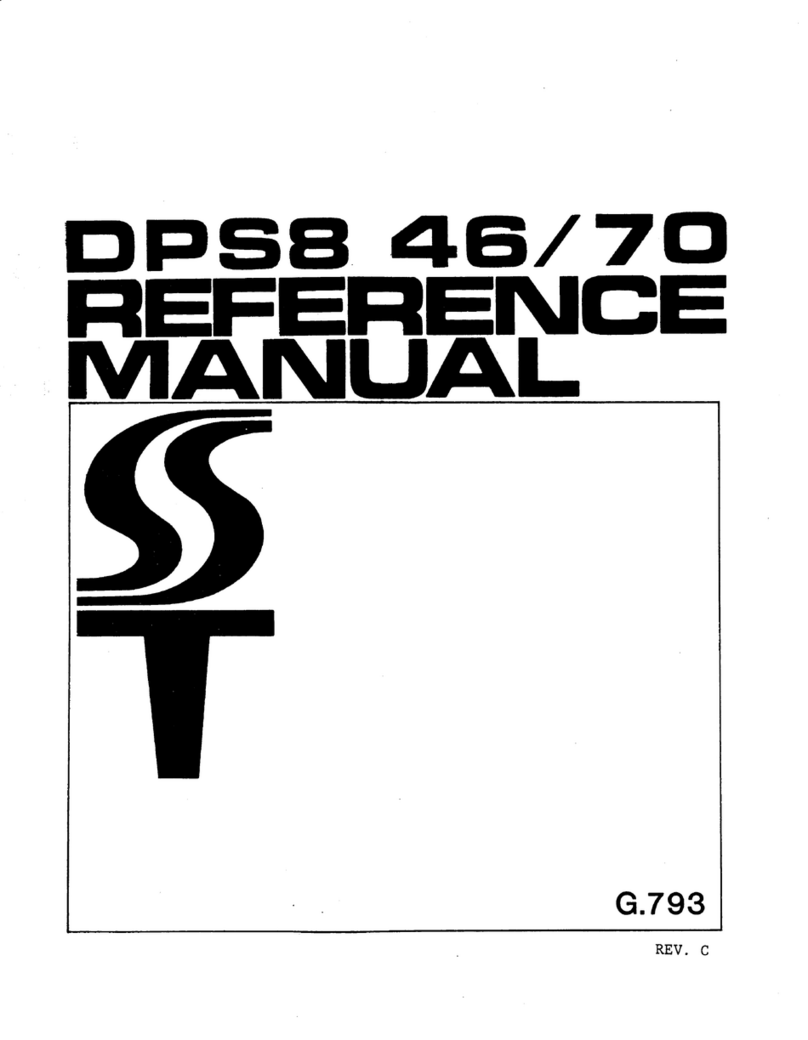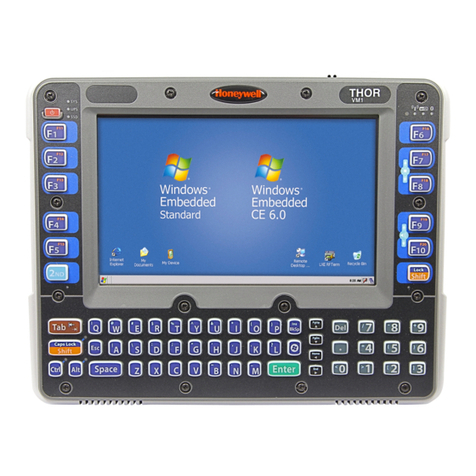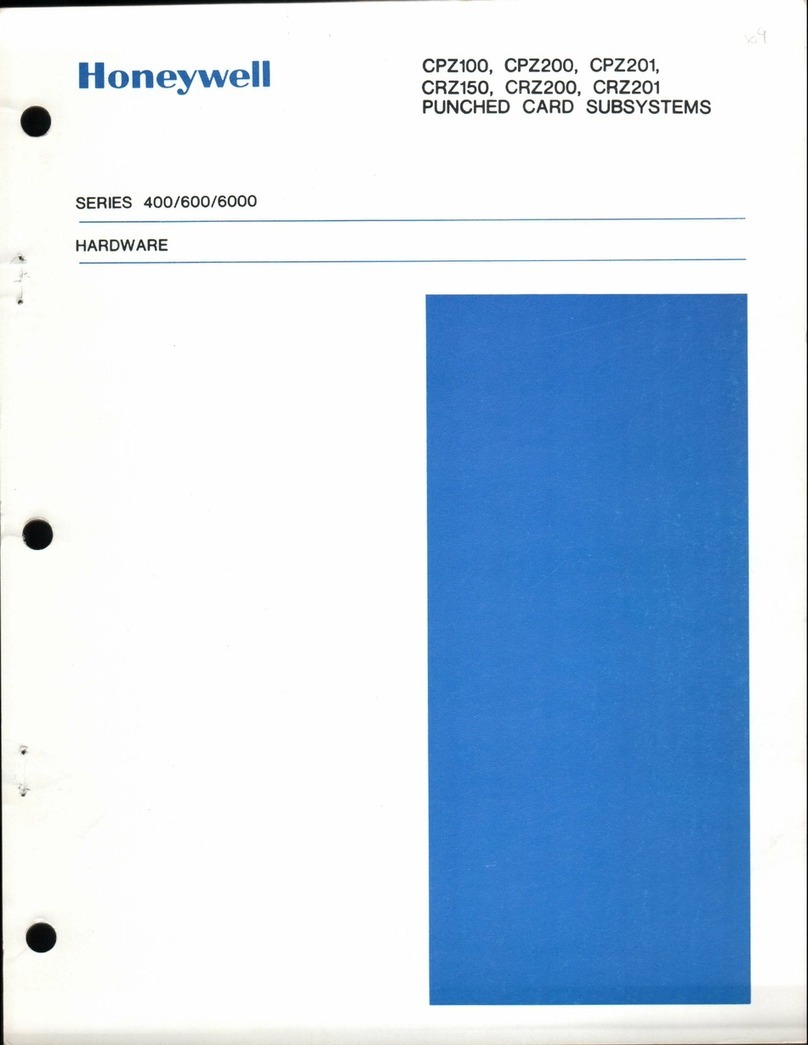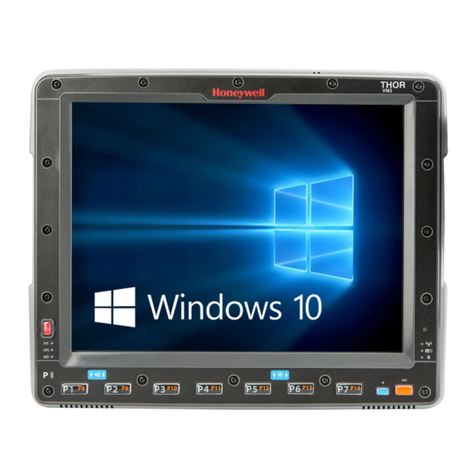Memory Access (DMA). Multiple controllers can
SECTION
I be attached
to
the Level 6 Mcgabus and multiple
like adapters and devices can be attached
to
any
INTRODUCTION one controller. However,
no
more than four
peripheral adapters can be attached
to
anyone
controller3 (see Figure 1-2).
Honeywell's Level 6 minicomputer systems
(see Figure 1-1) have been carefully engineered PERIPHERAL INTERFACES AND POWER
for simplicity and compactness
of
design com: SUPPLIES
bined with maximum reliability and performance. Peripherals operate under the control
of
the
With its open-ended system architecture, its software in a system environment. All action
on
a
modular, highly functional software, and its peripheral
is
initiated either through
input/output
low-cost peripherals, Level 6 satisfies the critical
applications criteria
of
end users, system builders,
and OEMs. TABLE 1-1.
LEVEL
6 PERIPHERALS
Device Description
Card Readers
CRU9101/9103
300/500
cpm
punched
card readers
CRU9102/9104
300/500
cpm
punched
card and
marked sense readers
Consoles
TTU9101/9102
10 cps, 72 characters per line,
ASR-/KSR·33
TWU91 01
30
cps, 132 characters per line, 64-
character ASCII set
DKU91
01
960
character display
(12
lines,
80
characters per line)
Disk Devices
Figure 1-1. Typical Level 6 System
DlU9101/9102
Single/Dual diskettes,
401,
016
bytes/disk
(unformatted),
256,
256
bytes/disk
(formatted)
CDU9101 Cartridge Disk Unit, low-density,
PERIPHERALS 2.5 MB, removable disk only
Peripherals available for Level 6 system use are CDU9102 Cartridge Disk Unit, low-density,
listed in Table 1-1. The devices are supported
by
5.0
MB, fixed and removable disks
the
GCOS Level 6
I/O
drivers and executive CDU9103 Cartridge Disk Unit. high-density,
routines. 5.0 MB, removable disk only
CDU9104 Cartridge Disk Unit, high-density
Peripheral Device Connection 10.0 MB, fixed and removable
Peripheral devices are connected
to
the
Level 6 disks
system via a single-board Multiple Device Control- Printers
ler (MDC91 01) and an appropriate Device-Pac
(i.e., adapter)!: The controller
is
firmware driven PRU91
01
/9102
Serial Printers. 60 lpm, 64-/96-
and microprogrammed to provide four levels
of
ASCII character set
simultaneity supporting up
to
four devices in PRU91
03/91
04
Line Printers,
240
Ipm/300 lpm,
any combination2 with full capability
of
Direct 96-/64-ASCII character set
PRU9105/9106
Line Printers,
480
Ipm/600
Ipm,
96-/64-ASCII character set
IThe
cartridge disk device interfaces with the Level 6 Megabus
by
means
of
the
Mass
Storage Controller (MSC) and cartridge disk
unit adapter.
2In a system
the
diskette device
is
specifically allocated
ports
0
and 1 or ports 2 and 3
or
else
ports
0,
1,
2, and
3.
All
other
3Multiple
MSCs
can be attached to the Level 6 Megabus. However,
devices can be allocated
ports
in any combination. no more than one disk adapter can be attached
to
anyone
MSC.
AT04
INTRODIJCTION
1-1
